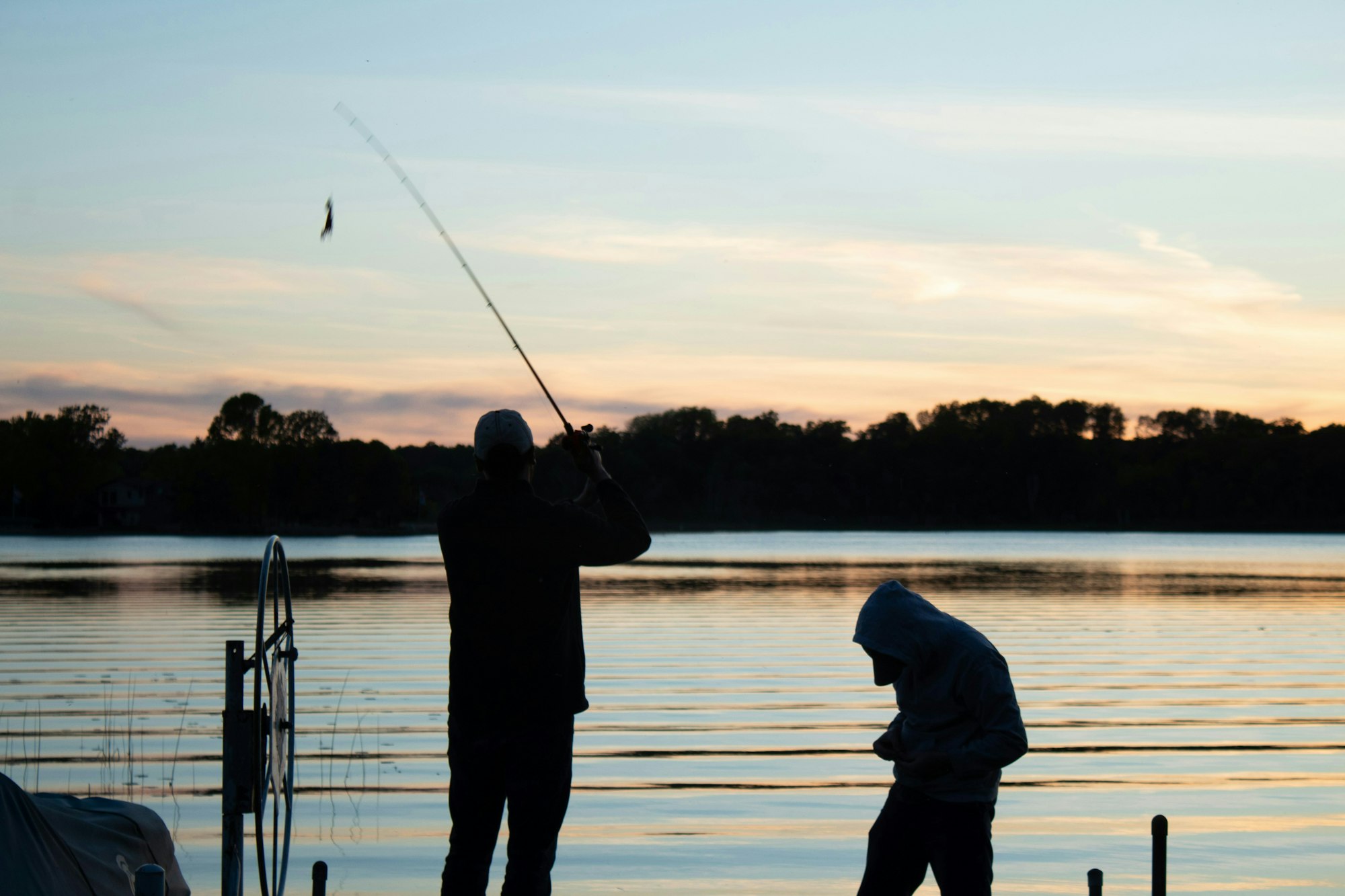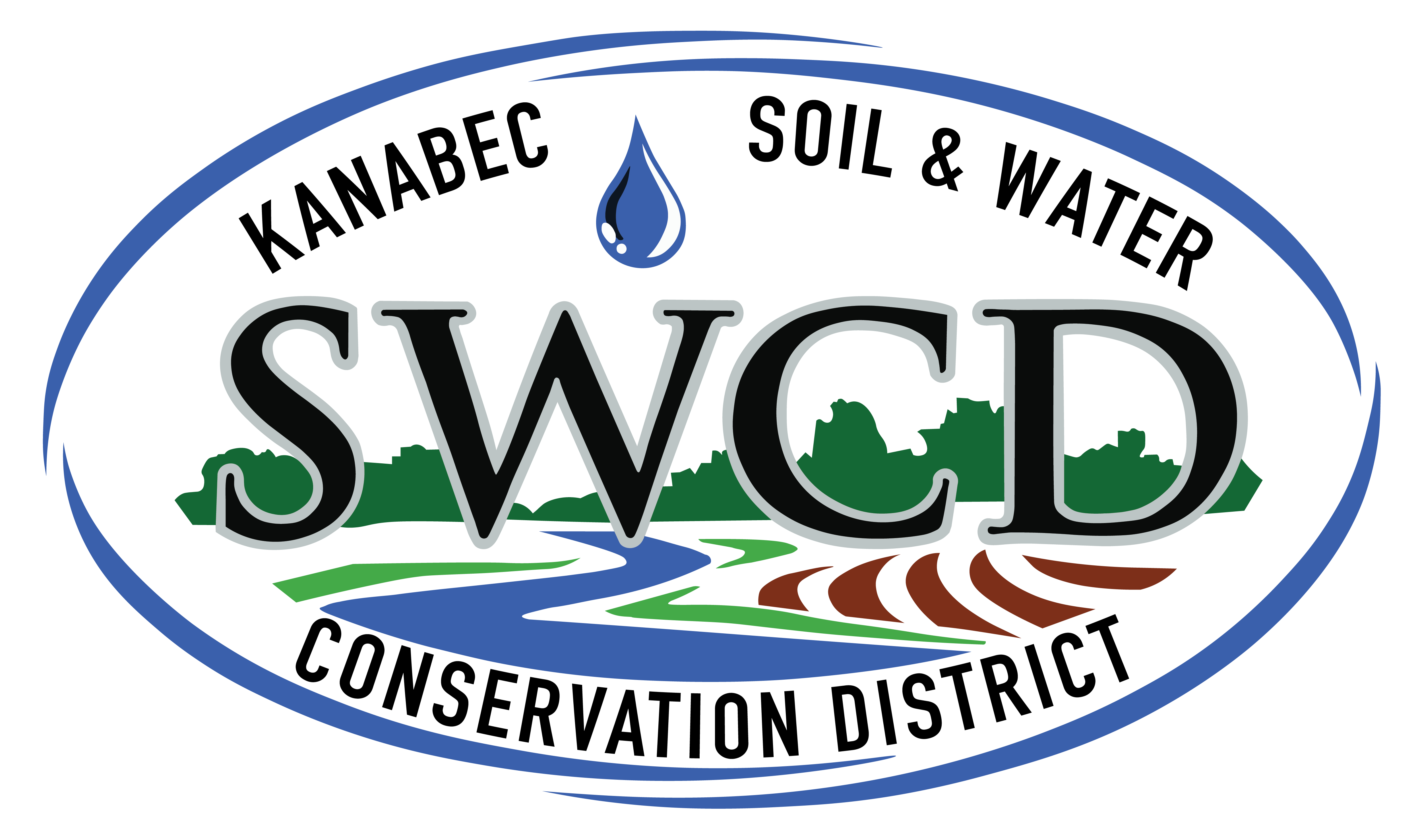Why is My Shoreline Eroding?

Shoreline Erosion: A Growing Concern for Lakeshore Property Owners
Shoreline erosion is a common and increasing challenge for landowners across Kanabec County. It often occurs when waves, ice ridges, storms, or runoff wear away the soil along the water’s edge - a process that’s intensified by shoreline development and recreational lake use.
Read about the incredible power of ice as it relates to shoreline management:
¡ICE POWER! By Gerald L. Paul, Spring 1987 Water Talk (Adapted for 2003) [PDF]Erosion can lead to the loss of valuable land, damage to structures, and declining property value. It also affects the health of the lake itself, contributing to murky water, loss of fish and wildlife habitat, and reduced water quality. Fortunately, there are effective, sustainable ways to address this - and shoreline restoration is one of the best.
Why Choose Native Plants for Shoreline Restoration?
Restoring your shoreline using native vegetation is a proven way to protect your land while also protecting the lake.
- Erosion Control: Deep-rooted native plants stabilize soil more effectively than turfgrass or traditional lawn mixes. They reduce the impact of wave energy, stormwater runoff, and ice movement.
- Sustainable Solutions: Once established, native plant buffers require little maintenance, reduce the need for amendments, and don’t rely on irrigation.
- Eco-Friendly Landscaping: Native plantings support pollinators, birds, fish, and other wildlife - enhancing your property’s beauty and helping preserve the natural character of the lake.
- Preserving Your View: When designed thoughtfully, shoreline restorations can maintain open views while meeting both functional and aesthetic goals.
What About Riprap (Rock Shorelines)?
Riprap can be appropriate in some situations - especially steep slopes or areas with high wave energy - when properly designed and installed. However, it’s important to understand its limitations:
- Riprap does not filter runoff, does not support habitat, and can reflect wave energy elsewhere, worsening erosion on neighboring properties.
- Replacing native shoreline with rock can increase water temperatures, eliminate fish habitat, and disrupt the natural shoreline ecosystem.
- Overusing rock across a lake system can contribute to long-term ecological decline and water quality loss.
That’s why natural shoreline restoration is increasingly recommended, and often required, by the Minnesota DNR and local partners. In many cases, a hybrid design that combines limited rock with plantings can provide both protection and ecological benefit.
Elements of Shoreline Restoration
- Soil Stabilization: Native plants protect soil from wave energy and rainfall. In contrast, turfgrass and lawn mixes (especially when mowed to the water’s edge) are shallow-rooted and highly susceptible to erosion.
- Buffer Zones: A planted buffer helps trap nutrients and sediment before they reach the lake, protecting water quality and reducing algae growth.
- Resilience to Weather: Natural restorations are more adaptable over time - especially with storm damage, fluctuating water levels, or changing climate conditions.
- Long-Term Protection: Restoration is an investment that strengthens over time. Once established, native vegetation protects your shoreline season after season with minimal input.
How Restoration Works
- Site Visit and Planning: Our team will evaluate your shoreline conditions and, if needed, develop a custom restoration plan tailored to your property.
- Plant Selection: We select native plant species suited to your site’s light, soil, slope, and wave conditions — to ensure both effectiveness and aesthetics.
- Installation and Care: After planting, only light maintenance is needed until vegetation is fully established. From there, your shoreline is protected with little annual effort.
Ready to Protect Your Shoreline - and Your Lake?
Kanabec SWCD works with landowners to implement shoreline restorations that are effective, environmentally sound, and long-lasting. Whether you're looking to stop erosion, improve habitat, or simply preserve the natural beauty of your property, we're here to help.



